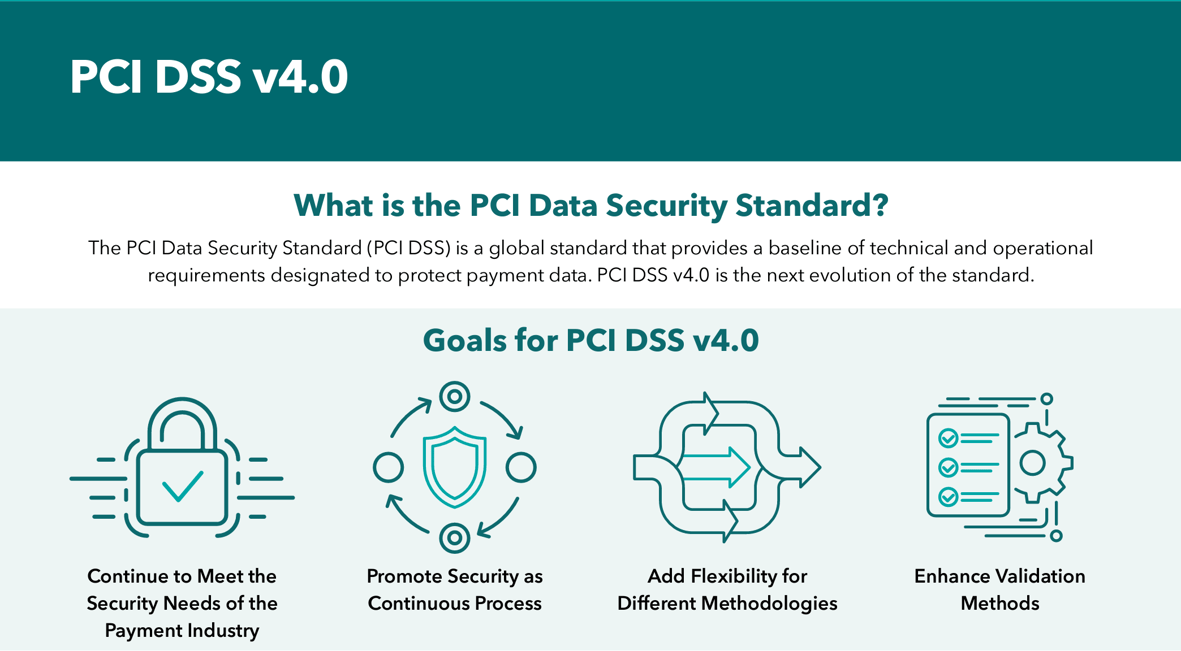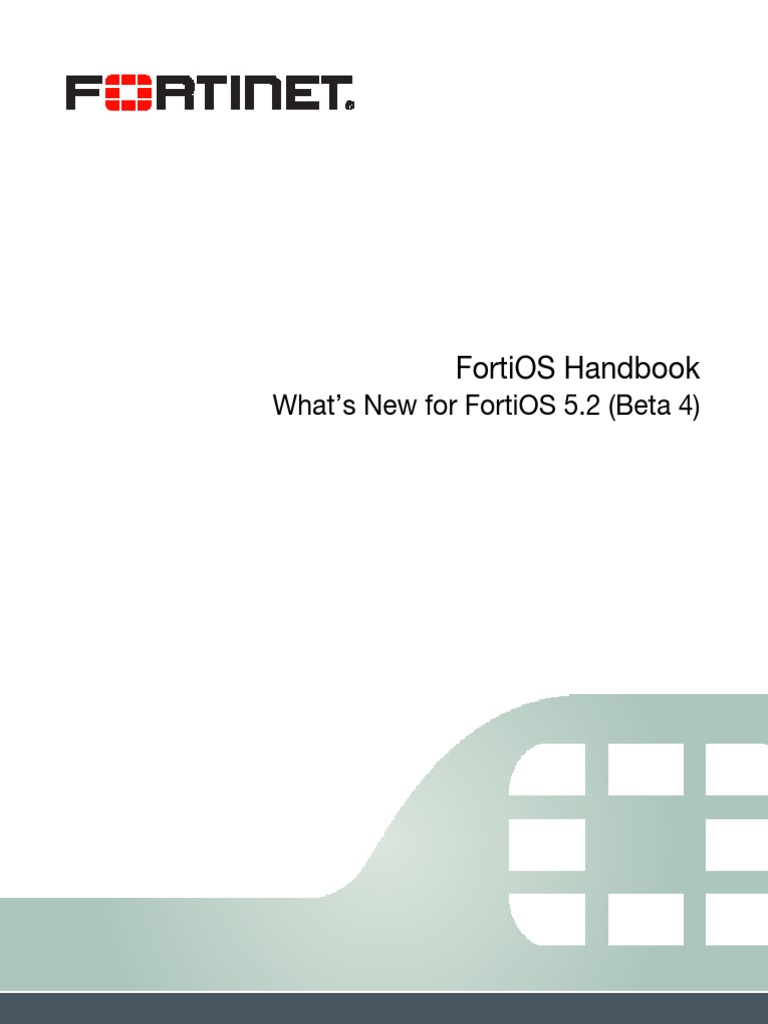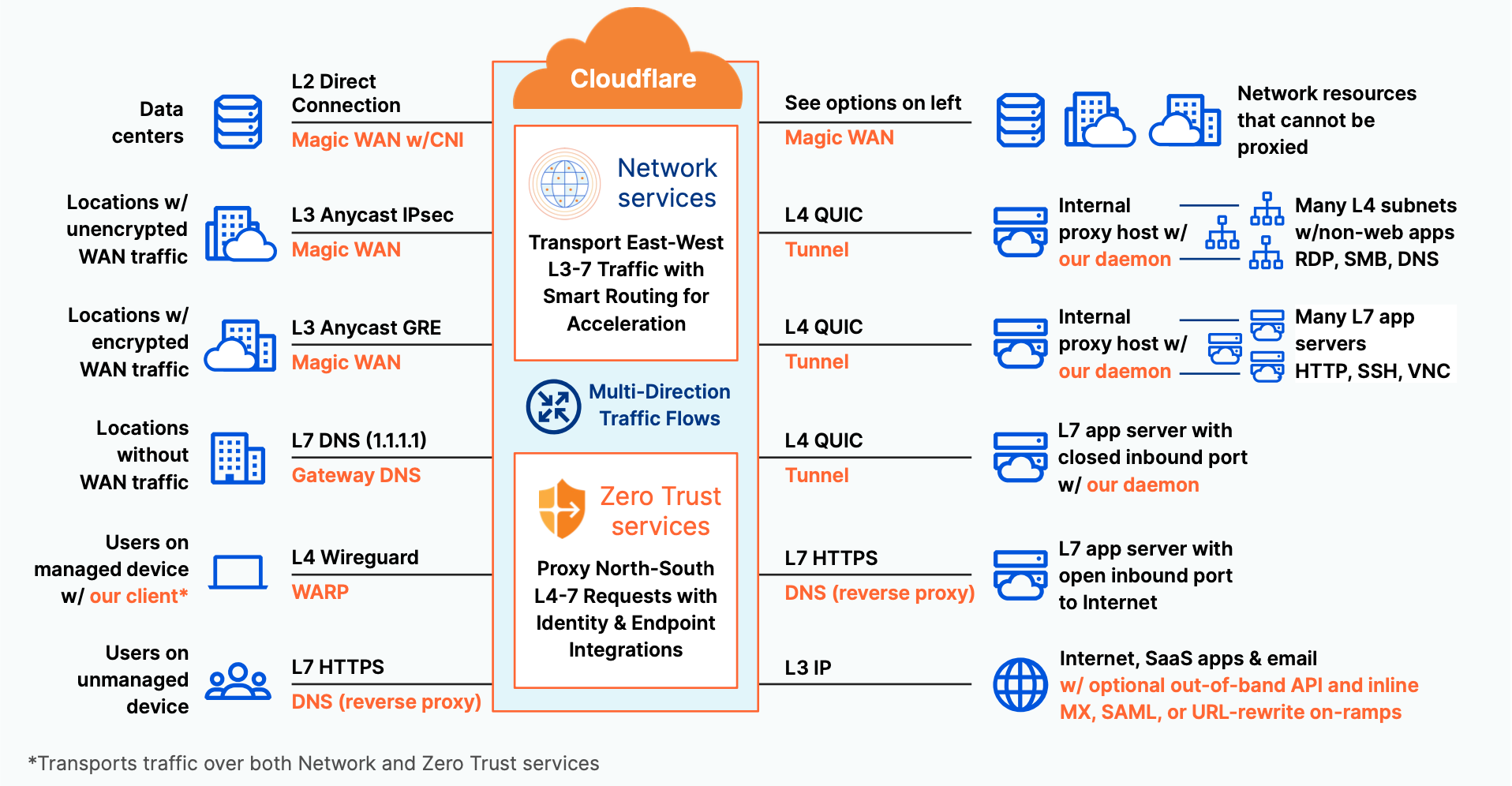IT vs OT Difference

The distinction between Information Technology (IT) and Operational Technology (OT) has become increasingly important as the digital landscape continues to evolve. While both technologies play critical roles in modern organizations, they serve different purposes and have distinct characteristics. Understanding the differences between IT and OT is essential for effective management, security, and innovation.
Historical Context: The Emergence of IT and OT
Information Technology (IT) has its roots in the early days of computing, focusing on data processing, storage, and communication. IT systems were designed to support business operations, such as financial transactions, customer relationships, and supply chain management. Over time, IT has expanded to encompass a wide range of applications, including software development, network infrastructure, and cybersecurity.
Operational Technology (OT), on the other hand, has its origins in industrial control systems, which were developed to monitor and control physical devices, such as machines, sensors, and actuators. OT systems were designed to optimize production processes, ensure safety, and reduce costs. As OT has evolved, it has incorporated advanced technologies like robotics, automation, and the Internet of Things (IoT).
Key Differences: IT vs OT
- Purpose: The primary purpose of IT is to support business operations, whereas OT is focused on controlling and monitoring physical devices and processes.
- Scope: IT typically encompasses a broader scope, including enterprise-wide systems, networks, and applications. OT, by contrast, is often focused on specific industrial processes or equipment.
- Security: IT security is primarily concerned with protecting data and preventing cyber threats, whereas OT security is focused on ensuring the reliability and safety of physical systems.
- Real-time Operations: OT systems often require real-time operation, as they are directly controlling physical devices. IT systems, while sometimes requiring rapid response, typically do not have the same level of real-time urgency.
- Network Architecture: IT networks are often designed for flexibility and scalability, whereas OT networks are typically more rigid and focused on reliability and deterministic behavior.
Challenges and Opportunities: Convergence of IT and OT
As IT and OT systems become increasingly interconnected, new challenges and opportunities arise. The convergence of these technologies can lead to improved efficiency, reduced costs, and enhanced innovation. However, it also introduces new cybersecurity risks, as OT systems become more vulnerable to cyber threats.
To address these challenges, organizations must develop strategies for integrating IT and OT systems, while ensuring the security and reliability of both. This requires a deep understanding of the differences between IT and OT, as well as the development of new skills and expertise.
Real-World Examples: IT and OT in Action
- Manufacturing: In a manufacturing setting, IT systems might manage inventory, supply chains, and customer relationships, while OT systems control equipment, such as robots and machine tools.
- Energy and Utilities: In the energy sector, IT systems might manage customer billing and metering, while OT systems control power generation, transmission, and distribution.
- Transportation: In transportation systems, IT might manage logistics, scheduling, and passenger information, while OT systems control traffic signals, rail systems, or autonomous vehicles.
Expert Insights: The Future of IT and OT
“As the digital landscape continues to evolve, the distinction between IT and OT will become increasingly blurred. Organizations must develop strategies for integrating these technologies, while ensuring the security and reliability of both.” - John Smith, CIO
“The convergence of IT and OT presents significant opportunities for innovation and efficiency gains. However, it also introduces new challenges, such as cybersecurity risks and the need for new skills and expertise.” - Jane Doe, OT Specialist
FAQ Section
What is the primary purpose of IT in an organization?
+The primary purpose of IT is to support business operations, including data processing, storage, and communication.
How does OT differ from IT in terms of security?
+OT security is focused on ensuring the reliability and safety of physical systems, whereas IT security is primarily concerned with protecting data and preventing cyber threats.
What are the benefits of integrating IT and OT systems?
+The convergence of IT and OT can lead to improved efficiency, reduced costs, and enhanced innovation.
In conclusion, the distinction between IT and OT is critical for effective management, security, and innovation. As these technologies continue to evolve and converge, organizations must develop strategies for integrating them, while ensuring the security and reliability of both. By understanding the differences between IT and OT, organizations can unlock new opportunities for growth, efficiency, and innovation.



